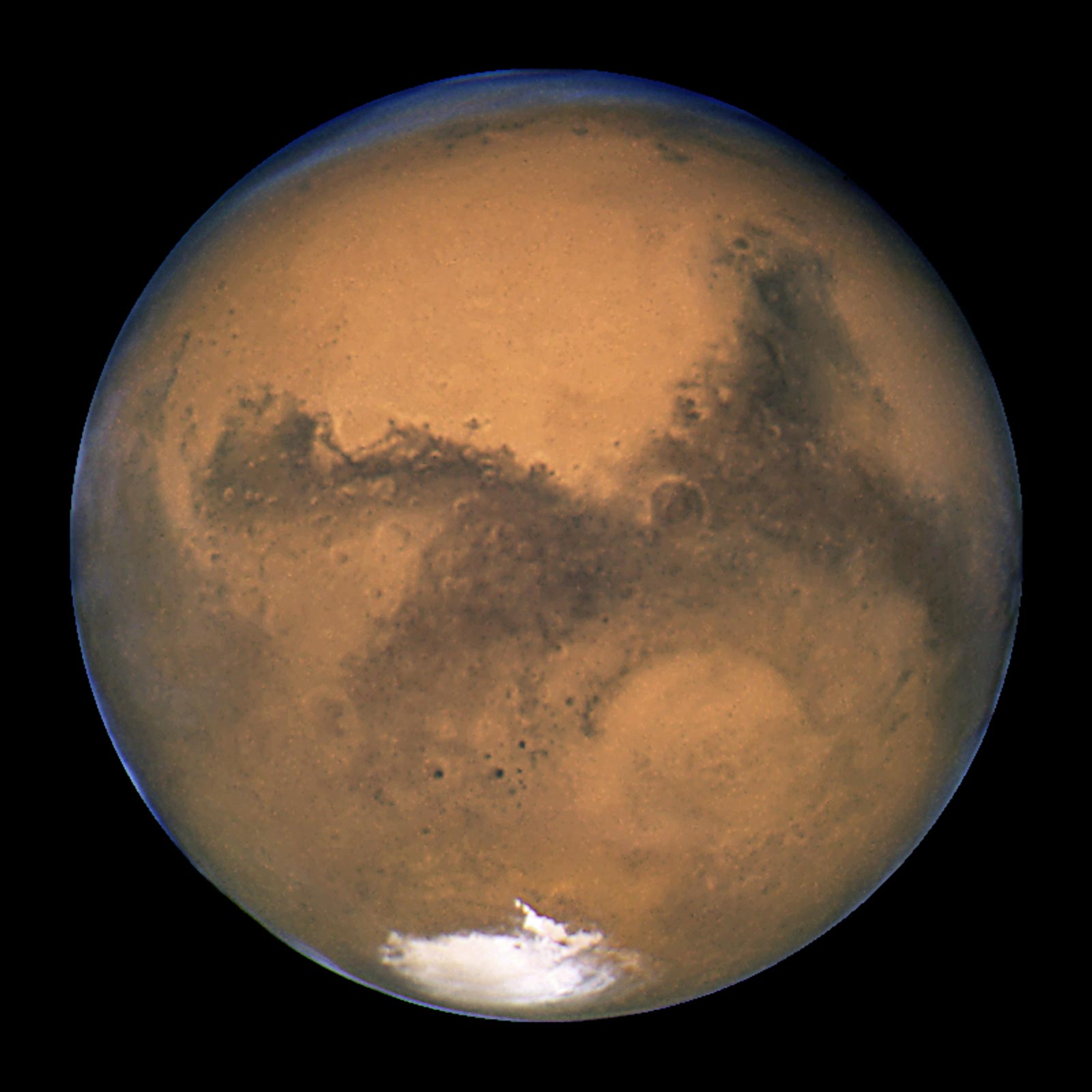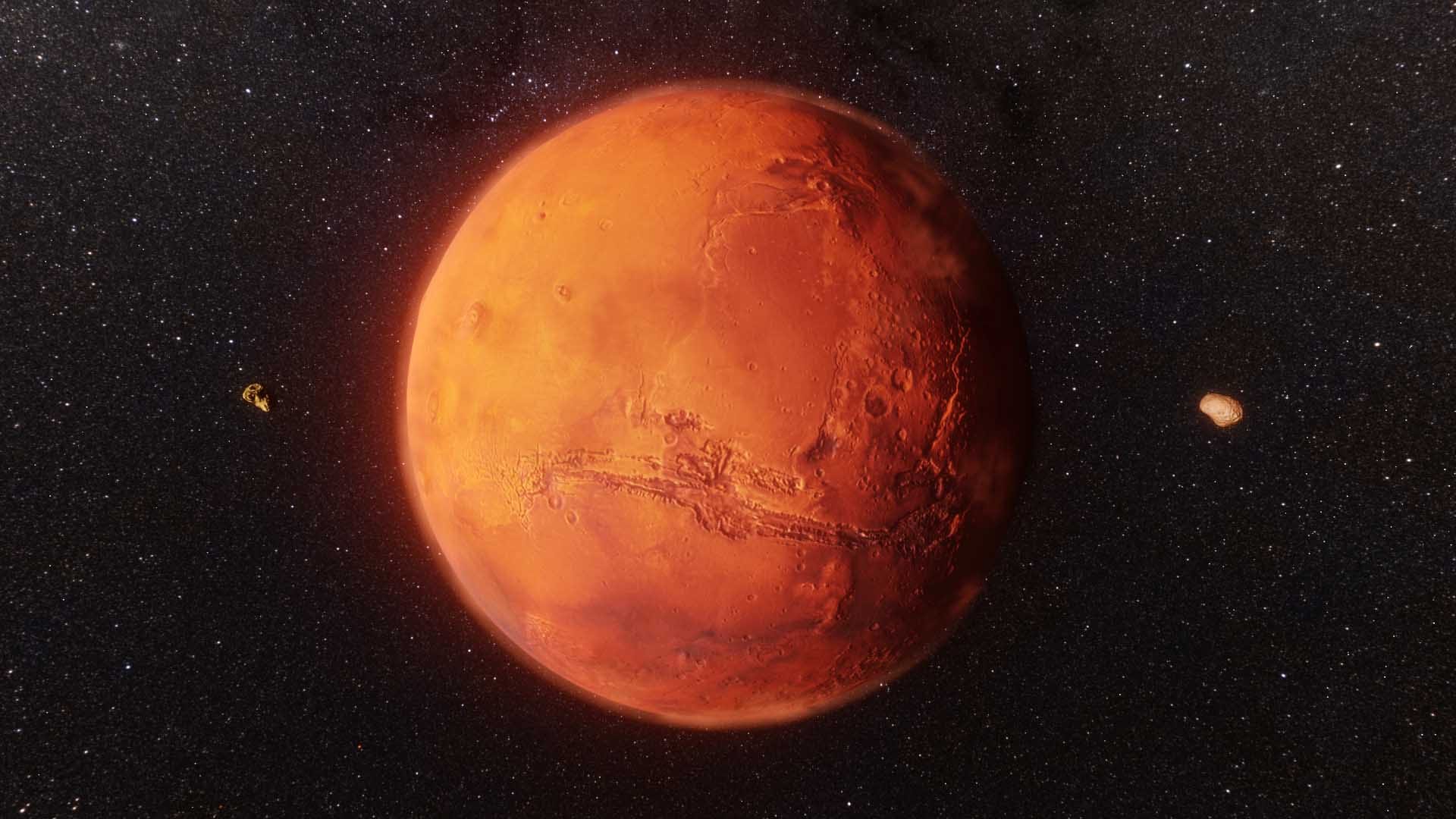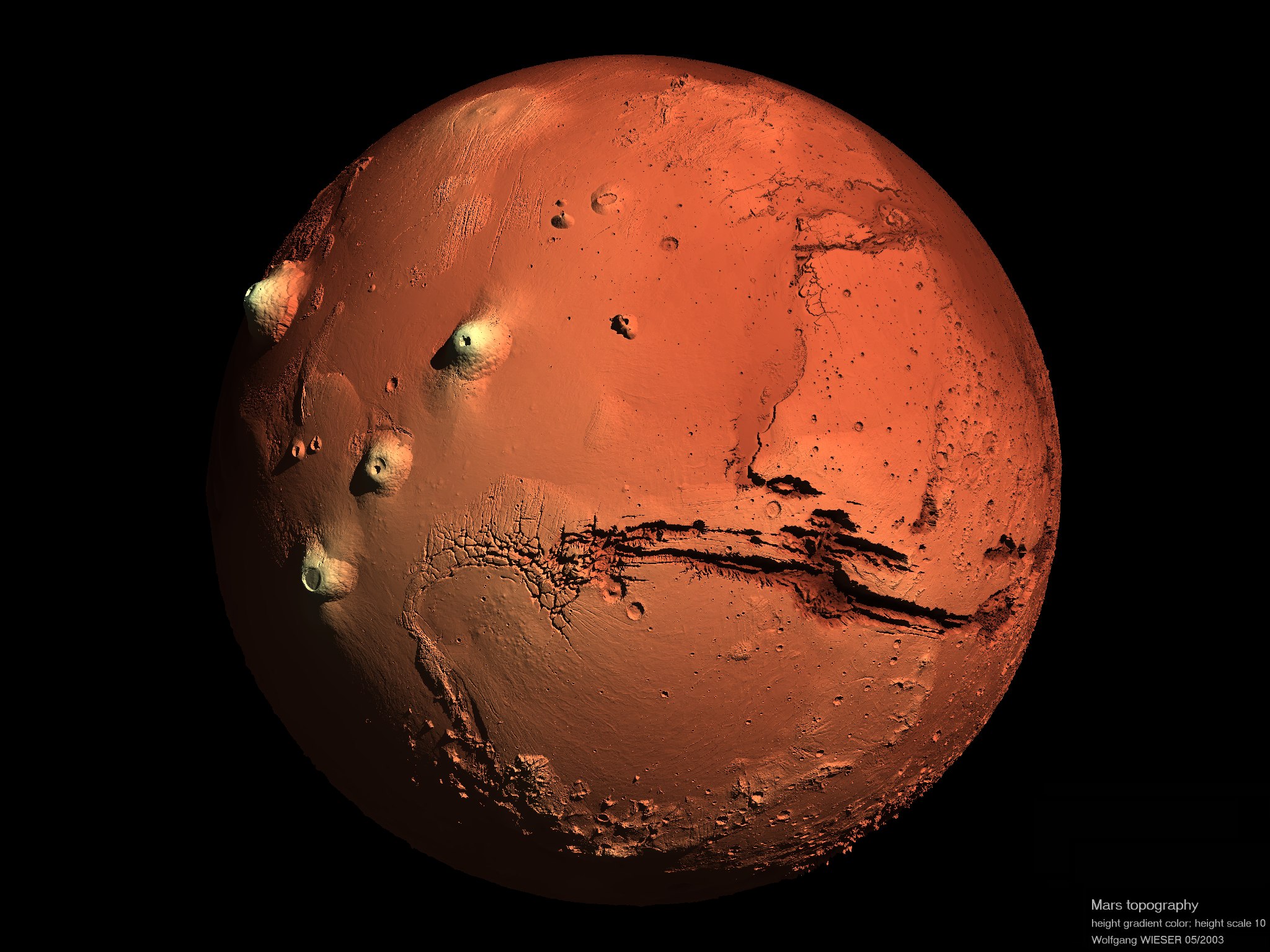Unveiling The Cosmic Contrasts: Exploring Mars Neptune And Beyond
Have you ever stopped to gaze at the night sky and ponder the vast, wondrous worlds spinning out there? It's almost incredible, isn't it, how many unique places exist in our very own solar system? Today, we're going to take a little trip, a kind of cosmic thought experiment, to look at two planets that, in some respects, couldn't be more different: Mars and Neptune. These two celestial bodies offer such a striking contrast, and it truly helps us grasp the sheer diversity of planetary environments that are out there, you know?
For centuries, Mars has captivated our imaginations, a reddish object that is periodically quite conspicuous in the night sky. It’s been a source of countless stories, a place we’ve always dreamed of reaching, and in fact, we have. Our robotic emissaries have been quite busy there, collecting so much information about this dynamic planet. It really is a fascinating neighbor, and we keep learning more about it every single day, it seems.
Then, there's Neptune, a distant, icy giant, shrouded in mystery. It sits way out on the fringes of our solar system, so far away that it’s a completely different kind of world altogether. Comparing these two, Mars and Neptune, gives us a wonderful way to appreciate the incredible range of planetary forms and experiences within our cosmic neighborhood. We’ll explore what makes each one special and how they truly stand apart.
Table of Contents
- Mars: Our Red Neighbor
- Neptune: The Distant Blue Giant
- Mars Neptune: A Study in Contrasts
- Frequently Asked Questions About Mars and Neptune
Mars: Our Red Neighbor
Mars, which is the fourth planet from the sun, is also the second smallest planet in our solar system. It’s often called the “Red Planet” because of its reddish appearance, which is due to iron minerals on its surface. This world has long captured human attention, named for the Roman god of war. Its rusty red surface, in its own way, tells a story of change and perhaps even destruction, you know.
A History of Exploration
Probes have been quite active on Mars, continuously, since 1997. It’s a pretty amazing feat, actually. At times, more than ten probes have simultaneously operated in orbit or on the surface. That's more than at any other planet beside Earth, which is quite a lot, really. This constant presence has allowed us to gather an incredible amount of information about this neighboring world.
Our robotic explorers have driven many miles across the cold and dry planet. They've sent back countless images and pieces of data, helping us to piece together the story of Mars. This ongoing effort truly shows our dedication to understanding worlds beyond our own. It's a testament to human curiosity, in a way.
The Curiosity Rover's Enduring Quest
This week, NASA marks the 13th anniversary of the landing of its Curiosity rover on the surface of Mars. It’s a big milestone for the mission, obviously. Since landing in Gale Crater in 2012, Curiosity has been hard at work, uncovering Martian mysteries. It's also learning to do more with less, which is pretty clever, you know. This rover has now driven more than 22 miles across the planet, collecting valuable scientific information all the while.
The work of the Curiosity rover has truly changed our perception of Mars. It has helped us understand the planet's past, looking for clues about whether it could have supported tiny life forms a long, long time ago. Its findings continue to shape our plans for future missions, and that’s a pretty big deal, I mean.
A World of Surprises
Mars is a terrestrial planet, meaning it has a solid, rocky surface, much like Earth. This dynamic planet has seasons, which is rather interesting. It also has polar ice caps, which contain both water and carbon dioxide. You might be surprised to learn it has extinct volcanoes and vast canyons, too. The European Space Agency’s Mars Express, for instance, recently sent back a postcard from Acheron Fossae, a dramatic network of chasms carved into the surface of the red planet. This shows just how varied the Martian landscape really is, you know.
Mars formed together with the other solar system planets, about 4.5 billion years ago. A giant cloud of interstellar gas and dust collapsed under its own gravity and flattened into a disk, eventually forming the planets we see today. The Martian environment may be inhospitable to us right now, but it is far more welcoming than the searing surface of Venus, for example. We are always exploring for potential life and trying to understand more about its past conditions.
In its latest postcard from Mars, the European Space Agency’s Mars Express returns to Acheron Fossae, a dramatic network of chasms carved into the surface of the red planet. This kind of imagery just keeps showing us how much there is to discover. NASA’s Perseverance rover, too, has captured an absolutely breathtaking 360° panoramic video of Mars in full 4K resolution. You can literally see the details of the Martian surface, which is pretty incredible. Learn more about planetary exploration on our site, and link to this page to learn more about our solar system.
Neptune: The Distant Blue Giant
Moving far, far away from the sun, we encounter Neptune, which is the eighth and farthest known planet from our star. It is a true giant, a world that is very different from Mars in almost every way. Neptune is named after the Roman god of the sea, and its deep blue color, caused by methane in its atmosphere, certainly lives up to that name. It’s a very cold and windy place, with the fastest winds in the solar system, actually.
A World of Gas and Ice
Unlike Mars, which is a rocky, terrestrial planet, Neptune is an ice giant. It doesn't have a solid surface in the way Earth or Mars does. Instead, it's mostly made up of a thick, slushy mix of water, ammonia, and methane ices, surrounding a small, dense core. Its atmosphere is primarily hydrogen and helium, with a little bit of methane, which gives it that distinctive blue hue. It’s a truly alien environment, so different from what we know.
Neptune is significantly larger than Mars. It is the fourth largest planet by diameter and the third most massive. Its sheer size and composition make it a world of extreme pressures and temperatures. It’s a place where conditions are just so incredibly different from what we experience here on Earth, or even on Mars, you know.
The Challenges of Visiting Neptune
Given its immense distance from the sun, exploring Neptune presents enormous challenges. Only one spacecraft, NASA's Voyager 2, has ever visited Neptune up close. That happened way back in 1989. It gave us our first detailed look at this distant world and its moons, but it was just a quick flyby. We don't have rovers driving around on Neptune, nor do we have orbiters constantly circling it, like we do with Mars. The journey there is incredibly long, and the environment is extremely harsh, which makes any mission a very difficult undertaking, obviously.
The lack of ongoing missions means much about Neptune remains a mystery. We have a lot more to learn about its internal structure, its magnetic field, and its unique weather patterns. The technology needed to send a dedicated orbiter or probe to Neptune would need to be incredibly advanced and capable of surviving such extreme conditions. It’s a fascinating frontier for future space exploration, to be honest.
Mars Neptune: A Study in Contrasts
When we talk about Mars Neptune, we are truly talking about two ends of a planetary spectrum. Mars is relatively close, rocky, and has a thin atmosphere. Neptune is incredibly far away, gaseous, and has a thick, dynamic atmosphere. The differences between them are quite stark, and they really highlight the incredible variety of worlds in our own solar system. It’s a powerful reminder of how diverse cosmic bodies can be, you know.
Size and Composition Differences
Mars is the seventh planet in size and mass in our solar system. It's a relatively small world, with a solid surface you could theoretically stand on. Its composition is rocky, with a core of iron and nickel, and a mantle of silicate rocks. This is why we send rovers and landers there, to drive around and pick up samples. It's a pretty familiar kind of planet, in a way, compared to the gas giants.
Neptune, by contrast, is a giant. It's about four times the diameter of Earth, and much, much more massive than Mars. It’s a world primarily made of gases and ices, without a distinct solid surface. If you tried to land on Neptune, you'd just sink deeper and deeper into its dense, icy layers. This fundamental difference in composition dictates so much about each planet's characteristics and how we go about studying them, you know.
Atmospheric Tales
The atmosphere on Mars is very thin, mostly carbon dioxide, with traces of other gases. It's so thin that it can't really hold much heat, which is why Mars is a very cold planet. The thin atmosphere also means that liquid water can't exist stably on the surface for long periods, which is an important point for understanding its potential for life. Dust storms can be quite large, actually, sometimes covering the whole planet, which is pretty wild.
Neptune's atmosphere, however, is incredibly thick and dynamic. It’s made mostly of hydrogen and helium, with methane giving it that blue look. This atmosphere is home to incredibly fast winds, often reaching supersonic speeds. It also has huge storm systems, like the Great Dark Spot, which was a massive storm observed by Voyager 2. These atmospheric conditions are driven by the planet's internal heat, which is a very different energy source compared to Mars, which relies mostly on the sun.
Exploration Challenges and Rewards
Exploring Mars has been a continuous effort for decades. We have a fleet of orbiters, landers, and rovers there, providing a steady stream of data. The relative closeness of Mars, and its more Earth-like, albeit harsh, surface, makes it a more accessible target for robotic missions. We've learned so much about its geology, its climate history, and its potential for past life. The rewards have been immense, constantly expanding our knowledge of planetary evolution. It's a very active area of research, you know.
Neptune, on the other hand, presents a monumental challenge. Its vast distance means signals take hours to reach us, and the power needed for spacecraft is enormous. The extreme cold and high radiation levels in its outer solar system environment also add to the difficulty. While we only have a single close-up visit from Voyager 2, the data it provided was revolutionary, giving us our only detailed look at this mysterious world. Future missions to Neptune would push the boundaries of technology, but the scientific rewards of understanding such a distant, icy giant would be truly extraordinary, I mean.
The differences between Mars and Neptune truly underscore the incredible variety of planetary bodies within our solar system. From the relatively warm, rocky surface of Mars, with its ancient riverbeds and ongoing robotic exploration, to the frigid, turbulent atmosphere of distant Neptune, a world of ice and gas barely touched by human-made probes, the cosmos offers an amazing array of environments. Each planet tells a unique story about formation, evolution, and the possibilities of existence in the universe, which is something pretty wonderful to think about.
Frequently Asked Questions About Mars and Neptune
What are the main differences between Mars and Neptune?
The main differences between Mars and Neptune are quite profound, actually. Mars is a small, rocky, terrestrial planet, meaning it has a solid surface, a bit like Earth. It’s relatively close to the sun, and its atmosphere is very thin. Neptune, on the other hand, is a massive ice giant, composed mostly of gases and various ices, without a solid surface in the conventional sense. It’s incredibly far from the sun, and its atmosphere is thick and very turbulent, with incredibly fast winds. So, they're fundamentally different kinds of worlds, you know.
Has Neptune been explored as much as Mars?
No, Neptune has not been explored nearly as much as Mars. Mars has been the target of continuous robotic missions since 1997, with numerous orbiters, landers, and rovers actively studying its surface and atmosphere. We have a lot of detailed information and images from Mars. Neptune, however, has only been visited by one spacecraft, NASA's Voyager 2, which performed a single flyby in 1989. The immense distance and extreme conditions make it a much more challenging target for ongoing exploration, so we have far less direct information about it.
How do Mars and Neptune compare in terms of size and composition?
Mars is significantly smaller than Neptune, actually. It is the second smallest planet in our solar system, with a diameter of about 4,212 miles. Its composition is primarily rock and metal, making it a solid body. Neptune is much, much larger; it’s about four times the diameter of Earth, making it roughly 30,599 miles across. Its composition is very different, too, consisting mainly of hydrogen, helium, and methane, along with various ices like water, ammonia, and methane, so it's a giant ball of gas and ice, essentially.
Mars is the world’s leading manufacturer of chocolate, chewing gum, mints and fruity confections. Our associates work hard to improve the way we source, make and market our products, so you know, the name is quite popular in many contexts. L'excentricité de Mars étant plus importante que celle de la Terre, c'est lorsque Mars est au périhélie que le rapprochement est le plus favorable. Cette situation se rencontre tous les quinze ans, which is an interesting bit of astronomy, anyway.

Overview | Mars – NASA Solar System Exploration

Facts About Mars: Temperature, Gravity, Distance | How Big Is Mars

First rendered images of Mars